Butterfly Anatomy: Everything You Need to Know
Updated: Jul. 27, 2023
Butterfly anatomy is amazing! Get a closer look at some incredible butterfly features, including the wings, feet, antennae and more!
Key Butterfly Anatomy Features
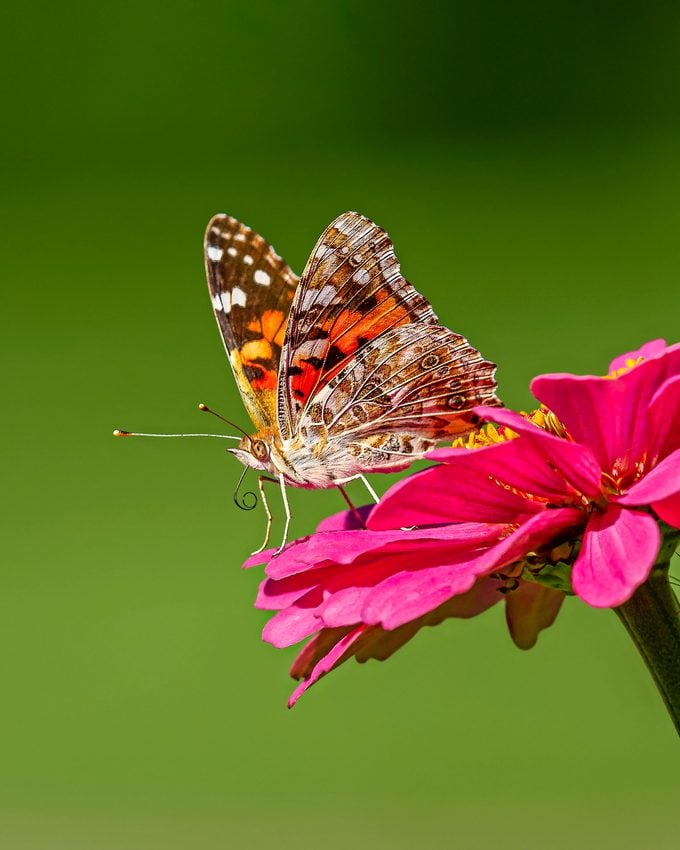
Butterflies are truly beautiful—and there’s so much to admire about butterfly anatomy! Next time you see one fluttering around or pausing in your garden for a nectar snack, look closer at these fascinating butterfly features.
Here are 9 easy ways to attract butterflies.
Butterfly Wings Anatomy
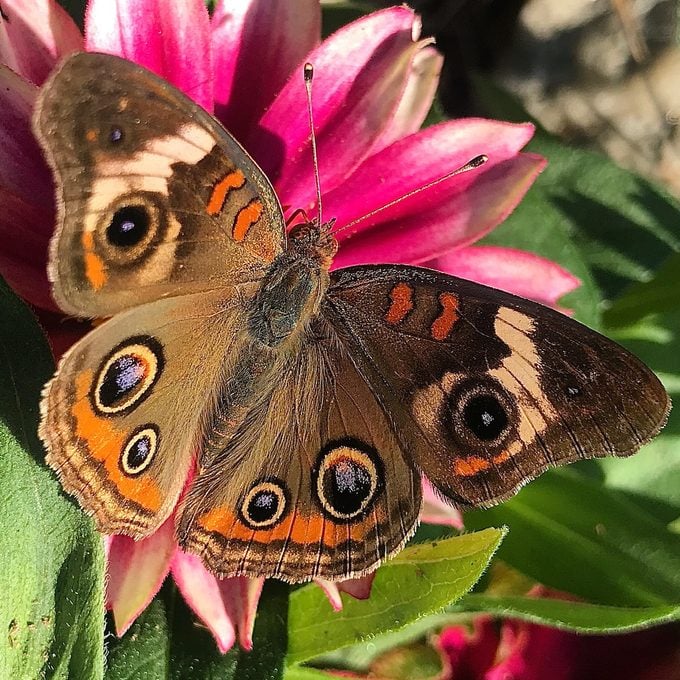
Did you know? Male butterflies have a secret weapon for attracting females! They have scent scales on their forewings to draw potential mates in.
Even though it’s difficult to see them with human eyes, both the forewings and hindwings of butterflies are covered in thousands of tiny scales.
Certain species, such as painted lady butterflies and common buckeye butterflies, sport eyespots on their wings to scare off potential predators.
Fun fact: Like hummingbirds, butterflies fly in a figure-eight pattern! Learn more about hummingbird anatomy and why this tiny birds are so amazing.
Butterfly Antennae and Proboscis
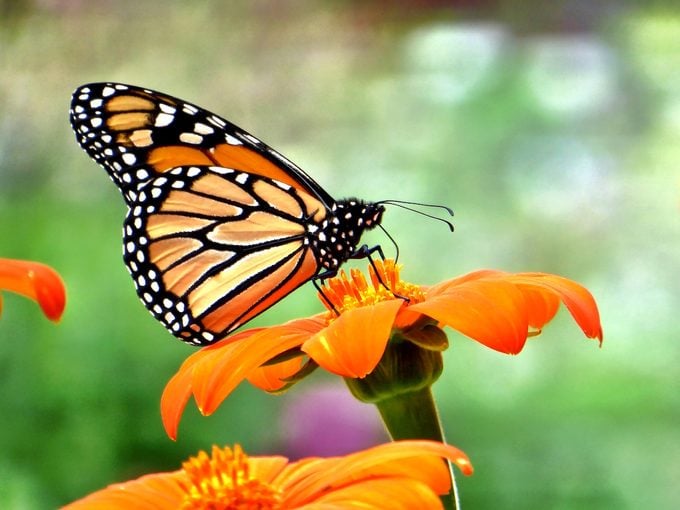
Despite looking like a tongue, a butterfly’s proboscis is actually a tube to draw nectar from flowers.
Each multifunctional antenna picks up chemical scents, senses wind directions and sound vibrations, and even helps with balance.
Find out what foods (and how) monarch butterflies eat.
Butterfly Feet
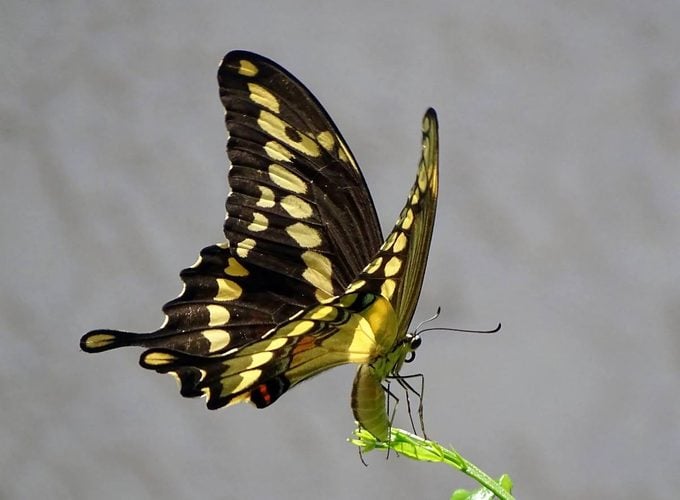
Butterfly feet help them taste plants. Amazingly, their feet are a critical tool in identifying the correct host plants to lay their eggs on to ensure their larvae will have the right food to eat.
Important note: Because their feet in particular are so sensitive, it’s always a good idea to wash your hands before handling butterflies.
Turn your backyard into a perfect place for the next generation of butterflies—grow these top host plants to attract caterpillars.
Butterfly Eyes
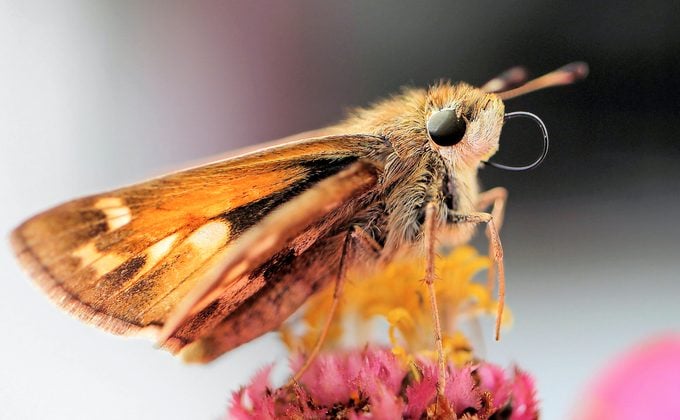
Butterfly eyes can see ultraviolet light, something human eyes cannot detect.
Learn more about how hummingbirds can see ultraviolet light.
These specialized compound eyes (similar to those of other insects, including flies and praying mantises) have up to 17,000 mini lenses. This allows butterflies to see almost 360 degrees around them!
Next, learn all about bird wings and flight feathers.




















